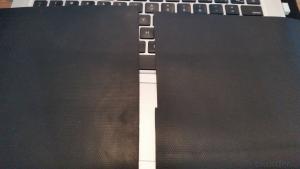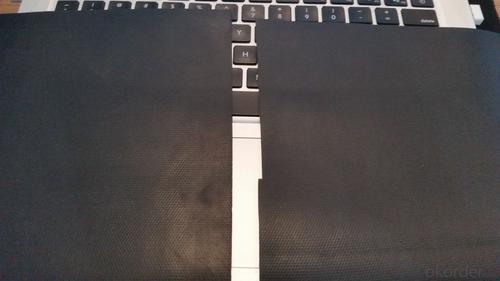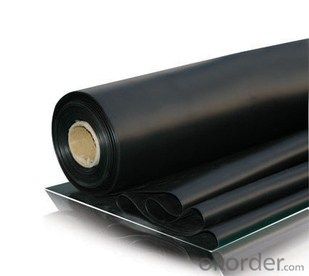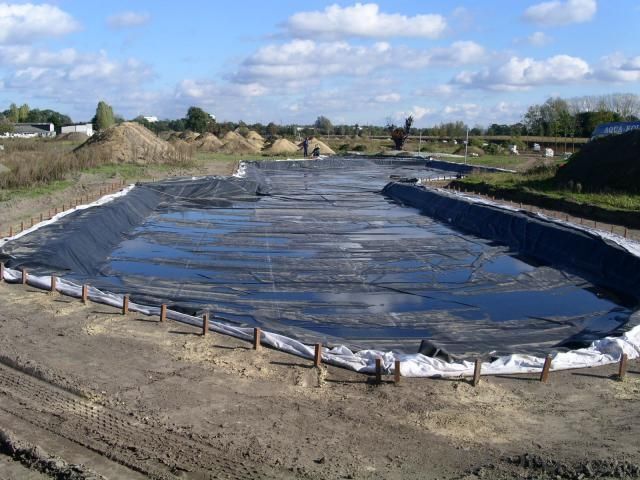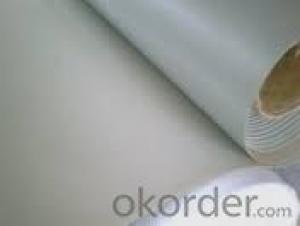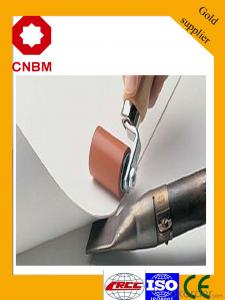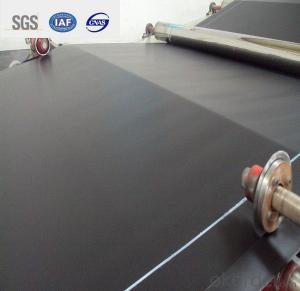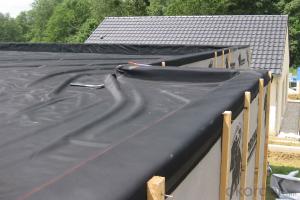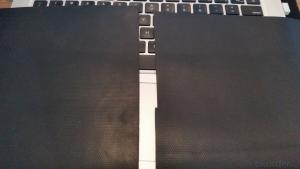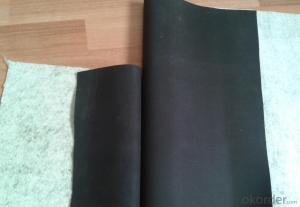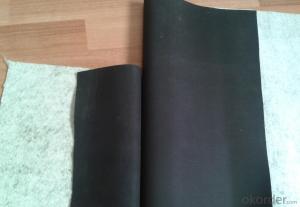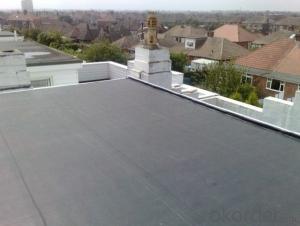EPDM Coiled Rubber Waterproof Membrane with Fleece Back
- Loading Port:
- Shanghai
- Payment Terms:
- TT OR LC
- Min Order Qty:
- 20000 m²
- Supply Capability:
- 5000000 m²/month
OKorder Service Pledge
OKorder Financial Service
You Might Also Like
EPDM Coiled Rubber Waterproof Membrane with Fleece Back
Description Of EPDM Coiled Rubber Waterproof Membrane with Fleece Back:
This waterproof coiled material is of high elasticity with best performance among high polumer
waterproof coiled material in the world.It is also the most typical one in the world.Waterproof coiled material made of ternary ethylene-propylene rubber is produced withthe use of the most advanced contiuous extrusion and vulcanization technology and related equipments which are specially designed for production of such product.It is good in compactness,without bubble and performance difference in length and breadth,perfomances reach or exceedthe demands of GB18173.1-2000 standard.
Main Features of EPDM Coiled Rubber Waterproof Membrane with Fleece Back:
A.Polyester based SBS Modified Bitumen Waterproofing Membrane
a. Strong impermeability
b. High tensile strength, elongation, ability to adapt the grassroots shrinkage deformation and cracking
c. Puncture-resistant, broken resistant, tear-resistant
d. The corrosion resistance, resistance to mildew, weathering good
e. Construction convenient, hot-melt can be operated Four Seasons Construction, reliable joints
B. Fiberglass based SBS Modified Bitumen Waterproofing Membrane
a. High tensile strength, stability of a good size
b. High Temperature good performance
c. Damage resistance, corrosion resistance, resistance to mildew, weathering good performance
d. Good construction performance, reliable joints.
Specifications of EPDM Coiled Rubber Waterproof Membrane with Fleece Back:
| Material | EPDM Rubber |
| Size | 1.2m (width)*20m (length) or customized, weldable type 2.05m or 4m width |
| Thick | 1.2mm, 1.5mm, 2.0mm |
| Type | Vulcanized & Weldable |
| Pattern | Non-reinforced (homogeneous) |
| Certificate | ISO9001/14001 |
Applications of EPDM Coiled Rubber Waterproof Membrane with Fleece Back:
1. Roofs, Basement, Toilet
2. Industrial and civil building waterproofing
3. Geo-synthetic liner for swimming pool, channels, irrigation system
4. Especially suit for projects with high requirements in durability, anti-corrosion and deformation
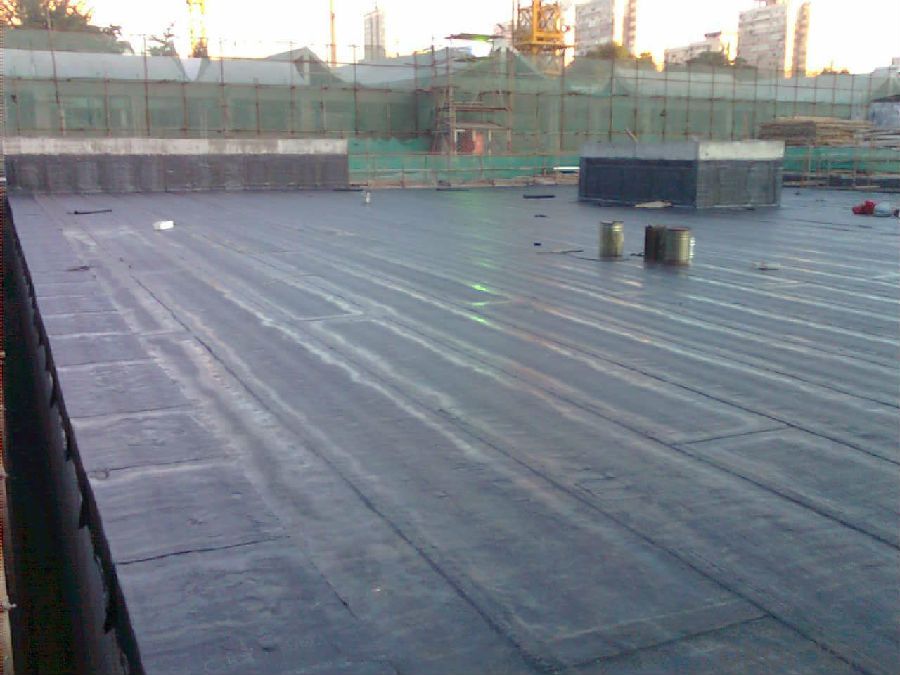
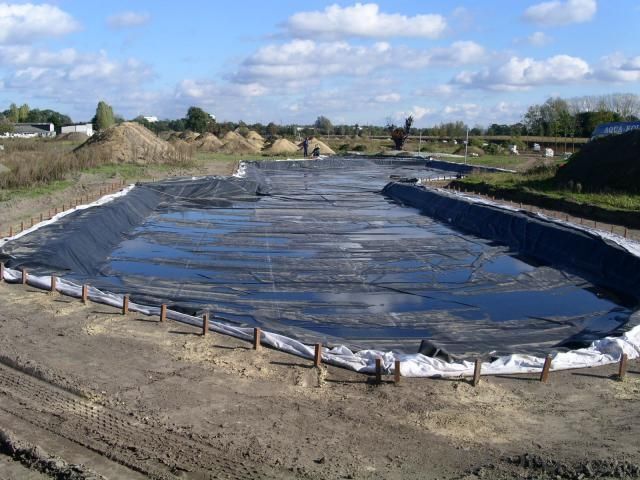

IMages of EPDM Coiled Rubber Waterproof Membrane with Fleece Back:
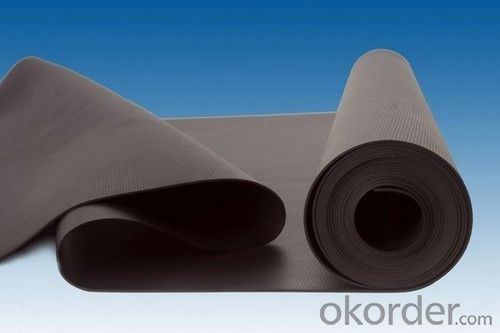



FAQ of EPDM Coiled Rubber Waterproof Membrane with Fleece Back:
1. What are we supplying?
We are specialized in producing Colorful Asphalt Roof Shingle, SBS/APP modified bitumen waterproof membrane, Self adhesive bitumen waterproof membrane, PVC waterproofing membrane, EPDM rubber roofing membrane, Single Component Polyurethane Waterproof Coating, and Spray Polyurea Waterproof Coating
.
2. How Many years experience do we have?
We have been exported to more than 20 countries in the past 15 years.
3. How long do we usually reply your request?
We always reply our customer within 24 hours.
- Q: Does a waterproofing membrane require any specific safety precautions during installation?
- Yes, installing a waterproofing membrane does require specific safety precautions. Here are some key precautions to consider: 1. Personal Protective Equipment (PPE): Installers should wear appropriate PPE, including gloves, safety glasses, and protective clothing to prevent skin contact with the membrane and any potential chemical hazards. 2. Adequate Ventilation: Ensure the installation area is well-ventilated to prevent the buildup of fumes or vapors. If working in an enclosed space, use proper ventilation systems to remove any potentially harmful gases or odors. 3. Hazardous Chemicals: Some waterproofing membranes may contain hazardous chemicals or solvents. Installers should carefully read and follow the manufacturer's instructions for handling and using these products. Proper storage, handling, and disposal of chemicals should be observed to avoid accidents or environmental contamination. 4. Slips and Falls: During installation, the surface can become slippery, especially if the membrane is applied on wet surfaces. Installers should take precautions to secure their footing and use appropriate safety equipment like harnesses or guardrails when working at heights to prevent falls. 5. Heat Hazards: Some waterproofing membranes require the use of heat for proper installation. Installers should take precautions when working with heat sources like torches or heat guns to prevent burns or fire hazards. Fire extinguishers should be readily available, and proper training on fire safety protocols is essential. 6. Electrical Safety: Waterproofing membranes may be installed in areas where electrical systems are present. Installers should be cautious when working near live electrical wires or outlets and follow proper electrical safety procedures to prevent electric shocks or fires. It is important for installers to receive proper training and follow all safety guidelines provided by the manufacturer to minimize the risk of accidents, injuries, or property damage during the installation process.
- Q: Are there any specific requirements for installing a waterproofing membrane?
- Yes, there are specific requirements for installing a waterproofing membrane. Some key requirements include ensuring a clean and dry surface, proper preparation of the substrate, correct application of the membrane according to manufacturer's instructions, and adequate curing time. Additionally, ensuring proper seam and joint treatments, as well as sufficient overlap and termination details, are essential for an effective waterproofing installation. It is crucial to follow the specific guidelines and recommendations provided by the manufacturer to ensure a successful and long-lasting waterproofing system.
- Q: Can waterproofing membranes be used on outdoor patios?
- Yes, waterproofing membranes can be used on outdoor patios. They are an effective way to protect the patio from water damage and can help to prevent leaks and moisture penetration. Waterproofing membranes create a barrier between the patio surface and water, keeping it dry and extending its lifespan.
- Q: How does a waterproofing membrane handle cracks in the substrate?
- A waterproofing membrane is designed to handle cracks in the substrate by creating a seamless barrier over them. It fills and seals the cracks, preventing water from seeping through and compromising the integrity of the structure. This helps to maintain the waterproofing effectiveness and protect the underlying materials from water damage.
- Q: How does a waterproofing membrane handle freeze-thaw cycles?
- A waterproofing membrane is designed to handle freeze-thaw cycles by being flexible and resistant to cracking. It should be able to expand and contract with temperature fluctuations without compromising its waterproofing properties. Additionally, it should have good adhesion to the substrate to prevent water infiltration and damage during these cycles.
- Q: Can a waterproofing membrane be used on vinyl surfaces?
- Yes, a waterproofing membrane can be used on vinyl surfaces. The membrane serves as a protective layer that prevents water from penetrating and damaging the vinyl material.
- Q: Can waterproofing membranes be used on concrete planters?
- Concrete planters can indeed benefit from the use of waterproofing membranes. These membranes are specifically designed to create a strong barrier against water, effectively preventing any water from penetrating the concrete and causing harm. By applying a waterproofing membrane to a concrete planter, it guarantees that the planter will remain completely watertight, thus avoiding any potential leaks or damage to the surrounding area. This is particularly advantageous for planters located indoors or in areas where water leakage could lead to structural harm or messy situations. Moreover, waterproofing membranes also provide an additional advantage by safeguarding the concrete against freeze-thaw cycles, which can ultimately result in cracks and deterioration over time. Overall, the utilization of waterproofing membranes on concrete planters enables an extended lifespan and the preservation of their functionality for an extended duration.
- Q: Can a waterproofing membrane be used on brick surfaces?
- Yes, a waterproofing membrane can be used on brick surfaces. The membrane can be applied to protect the brick from moisture, water infiltration, and potential damage caused by water absorption.
- Q: Does a waterproofing membrane require any special precautions during installation?
- Yes, a waterproofing membrane does require some special precautions during installation. Here are a few key considerations: 1. Surface Preparation: Before installing the waterproofing membrane, it is crucial to ensure that the surface is clean, dry, and free from any debris or loose particles. This may require thorough cleaning or even repairing any existing cracks or damages on the surface. 2. Adhesive Compatibility: It is important to use the appropriate adhesive or sealant that is compatible with the specific type of waterproofing membrane being installed. Using an incompatible adhesive can lead to poor adhesion, compromising the effectiveness of the waterproofing system. 3. Proper Application Technique: The membrane should be installed according to the manufacturer's guidelines, which may include specific instructions on temperature, humidity, and application technique. It is crucial to follow these instructions carefully to ensure proper adhesion and performance. 4. Seam and Joint Sealing: Paying attention to the seams and joints is critical as these areas are more prone to water penetration. Special care should be taken to properly seal and reinforce these areas using the recommended sealants or tapes provided by the manufacturer. 5. Quality Control: Regular quality control checks should be carried out during installation to ensure that the membrane is being installed correctly and any potential issues or defects are identified and addressed promptly. Overall, following the manufacturer's instructions and paying attention to the specific details of the installation process will help ensure that the waterproofing membrane is installed correctly and provides effective protection against water intrusion.
- Q: Can a waterproofing membrane be installed on wood surfaces?
- Yes, a waterproofing membrane can be installed on wood surfaces.
Send your message to us
EPDM Coiled Rubber Waterproof Membrane with Fleece Back
- Loading Port:
- Shanghai
- Payment Terms:
- TT OR LC
- Min Order Qty:
- 20000 m²
- Supply Capability:
- 5000000 m²/month
OKorder Service Pledge
OKorder Financial Service
Similar products
Hot products
Hot Searches
Related keywords
